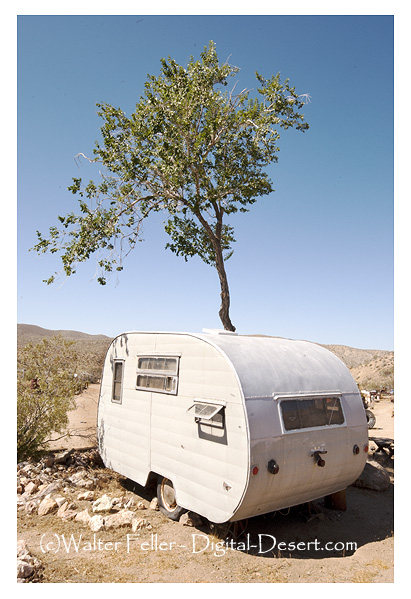Leave No Trace
- Know the regulations and special concerns for the area you'll visit.
- Prepare for extreme weather, hazards, emergencies.
- Visit in small groups. Split larger parties into groups of 4 to 6.
- Repackage food to minimize waste.
- Durable surfaces include established roads, trails and campsites, rock, gravel, dry grasses or snow.
- Good campsites are found, not made. Altering a site is not necessary.
- Keep campsites small. Focus activity in areas where vegetation is absent
- Pack out all trash, leftover food and litter.
- Deposit solid human waste in catholes dug 6 to 8 inches deep at least 200 feet from water, camp, and trails. Cover and disguise catholes when finished.
- Pack out toilet paper and hygiene products.
- Preserve the past: examine but do not collect, cultural or historic artifacts.
- Leave rocks, plants, and other natural objects as you find them.
- Do not build structures or furniture, or dig trenches.
- Respect other visitors and protect the quality of their experience.
- Let nature's sound prevail. Avoid loud voices and noises.
- Campfires can cause lasting impacts to the backcountry.
- Consider using a lightweight stove for cooking and enjoying a candle lantern for light.
- Because wood in the desert is scarce, even dead and down wood, is prohibited in parks and preserves. You must bring your own wood.
- Observe wildlife from a distance. Do not follow or approach animals.
- Never feed animals. Feeding wildlife damages their health, alters natural behaviors, and exposes them to predators.
- Protect wildlife and your food by storing rations and trash.
- Control pets with a leash at all times, or leave them at home.
- Protect riparian areas by camping at least .25 mile from springs, and streams.
- Desert animals are dependant on on the desert's scarce water sources. Many springs shown on maps are not always flowing on the surface. Conserve water sources and ensure your own supply by bringing your own water. If you must use a desert spring, avoid polluting it. Use clean cups and pots to dip from water sources.
- Do not swim in pools or small streams; body oils, lotions, and sunscreens become concentrated and pollute the spring or stream.
Plan ahead and prepare
Travel and camp on durable surfaces
Dispose of waste properly
Leave what you find
Be considerate of other visitors
Minimize campfire impacts
Respect wildlife
Protect and conserve water sources
